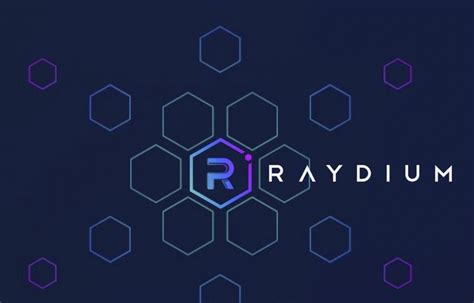I can provide you with an example article on how to retrieve all liquidity pool addresses for a given Raydium application using Solana Web3 and Raydium-Io SDK.
Retrieving Liquidity Pool Addresses for a Given Raydium Application
In this article, we will explore how to use Solana Web3 and Raydium-Io SDK to retrieve all liquidity pool addresses for a given Raydium application. We will also cover best practices and potential pitfalls to watch out for.
Prerequisites
Before diving into the code, make sure you have:
- A Solana development environment set up (e.g. Solana CLI, Solflare).
- The @solana/web3.js and raydium-io/raydium-sdk-v2 packages installed.
- A Raydium application written in JavaScript or TypeScript.
Code Example
The following is an example code snippet that shows how to retrieve liquidity pool addresses for a given Raydium program.
import { Connection } from '@solana/web3.js';
import {
Raydium program,
LiquidityPoolId,
} from 'raydium-io/raydium-sdk-v2';
const connection = new Connection();
const raydiumProgram = new RaydiumProgram(connection, 'YOUR-RAYDIUM-PROGRAM-ADDRESS');
async function getLiquidityPools() {
const liquidityPools = await raydiumProgram.getLiquidityPools();
console.log('Liquidity Pools:');
liquidityPools.forEach((pool) => {
console.log( - ${pool.id} (${pool.address}));
});
}
getLiquidityPools();
In this example:
- We create a new
Connectioninstance to interact with the Solana network.
- We create a new
RaydiumProgramobject, fitting in the connection and the address of your Raydium program.
- We use the
getLiquidityPools()method to retrieve an array of liquidity pool objects from the program.
- We iterate over the arrays and record the ID and address of each liquidity pool.
Best Practices
There are some best practices to consider when working with Solana.
- Always handle errors and exceptions properly (e.g., using
try-catchblocks).
- Use the async/await syntax for asynchronous code.
- Verify the authenticity of the program and its addresses before continuing.
- Consider using a more robust data structure, such as an object or map, to store liquidity pool information.
Potential pitfalls

Here are some potential pitfalls to watch out for:
- Make sure your Raydium application is given the correct address.
- Be aware of any Solana network restrictions (such as maximum number of connections per user).
- Handle errors and exceptions properly to prevent future issues.
- Consider using a more secure approach, such as validating user input or checking for tampering.
By following these guidelines and examples, you should be able to successfully retrieve liquidity pool addresses for your Raydium application. Happy coding!
Để lại một bình luận